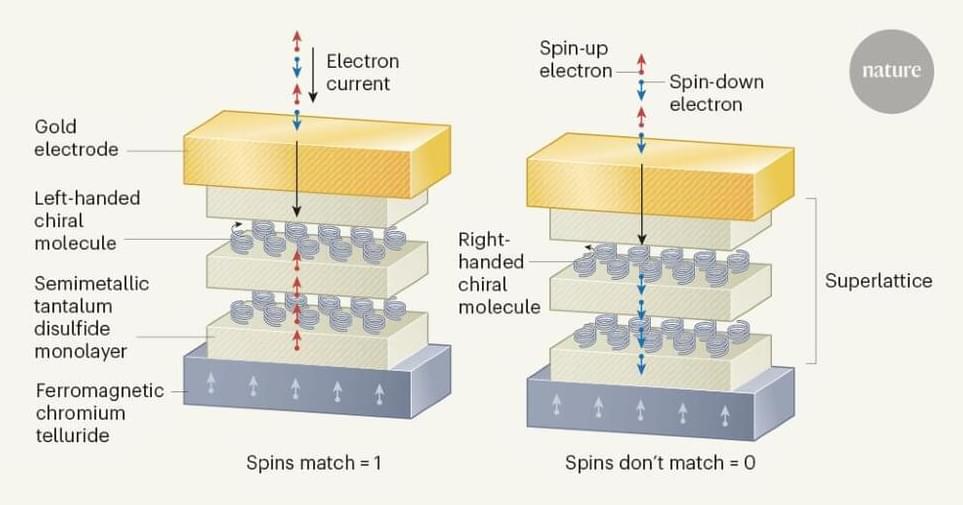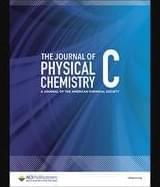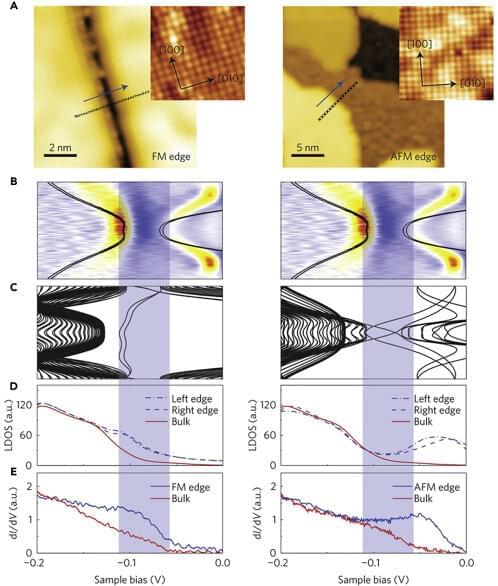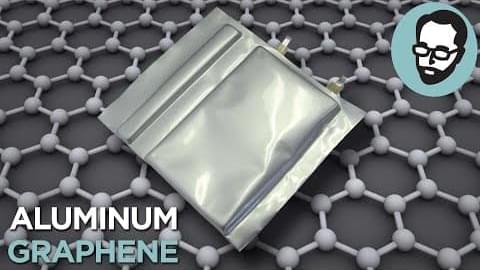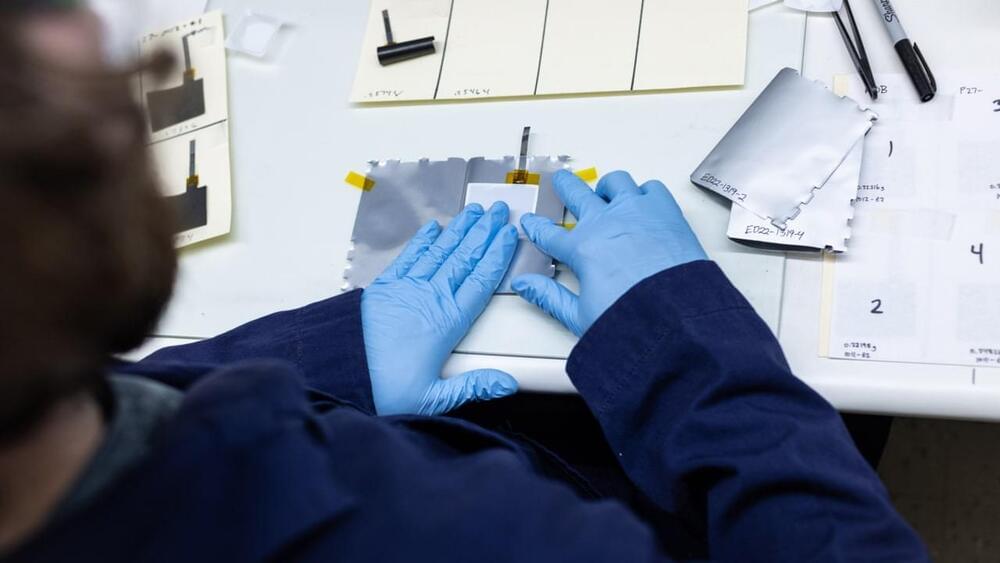Archive for the ‘materials’ category: Page 143
Jun 28, 2022
Logic gate breaks speed record
Posted by Shubham Ghosh Roy in categories: computing, materials
The first logic gate to operate at femtosecond timescales could help usher in an era of information processing at petahertz frequencies – a million times faster than today’s gigahertz-scale computers. The new gate, developed by researchers at the University of Rochester in the US and the Friedrich-Alexander-Universität Erlangen-Nürnberg (FAU) in Germany, is an application of lightwave electronics – essentially, shuffling electrons around with light fields – and harnesses both real and virtual charge carriers.
In lightwave electronics, scientists use laser light to guide the motion of electrons in matter, then exploit this control to create electronic circuit elements. “Since light oscillates so fast (roughly a few hundred million times per second), using light could speed up electronics by a factor of roughly 10 000 as compared to computer chips,” says Tobias Boolakee, a laser physicist in Peter Hommelhoff’s group at the FAU and the first author of a study in Nature on the new gate. “With our present work, we have been able propose the idea for a first light field-driven logic gate (the fundamental building block for any computer architecture) and also demonstrate its working principle experimentally.”
In the work, Boolakee and colleagues prepared tiny graphene-based wires connected to two gold electrodes and illuminated them with a laser pulse lasting a few tens of femtoseconds (10-15 s). This laser pulse excites, or sets in motion, the electrons in graphene and causes them to propagate in a particular direction – so generating a net electrical current.
Jun 28, 2022
Hysteresis and Stochastic Fluorescence
Posted by Shubham Ghosh Roy in categories: materials, quantum physics
“Blinking” behavior of fluorophores, being harmful for the majority of super-resolved techniques, turns into a key property for stochastic optical fluctuation imaging and its modifications, allowing one to look at the fluorophores already used in conventional microscopy, such as graphene quantum dots, from a completely new perspective. Here we discuss fluorescence of aggregated ensembles of graphene quantum dots structured at submicron scale. We study temperature dependence and stochastic character of emission. We show that considered quantum dots ensembles demonstrate rather complicated temperature-dependent intermittent emission, that is, “blinking” with a tendency to shorten “blinking” times with the increase of temperature.
Jun 28, 2022
Majorana fermions hold potential for information technology with zero resistance
Posted by Dan Breeden in categories: materials, particle physics
A new, multi-node FLEET review, published in Matter, investigates the search for Majorana fermions in iron-based superconductors.
Jun 28, 2022
Kenyan Engineer Invents Method to Turn Waste Plastic Into Sturdy Construction Bricks
Posted by Dan Breeden in categories: habitats, materials

A 30-year-old Kenyan engineer named Nzambi Matee has come up with a promising way to upcycle plastic trash that would’ve otherwise landed in landfills — by pressing it, with the addition of sand, into sturdy bricks and paving stones.
Her Nairobi-based company, Gjenge Makers, produces a variety of different paving stones, which are already being put to use to line sidewalks, driveways, and roads.
Jun 27, 2022
Long-hypothesized ‘next generation wonder material’ created for first time
Posted by Kelvin Dafiaghor in category: materials
For over a decade, scientists have attempted to synthesize a new form of carbon called graphyne with limited success. That endeavor is now at an end, though, thanks to new research from the University of Colorado Boulder.
Jun 27, 2022
FINALLY! A Graphene Battery That Could Change Everything | Answers With Joe
Posted by Jose Ruben Rodriguez Fuentes in categories: materials, mobile phones
Get a year of Nebula and Curiosity Stream for only $14.79 when you sign up at http://www.curiositystream.com/joescott.
We’ve been hearing about the potential of graphene for decades, and yet very few of the big promises have come to pass. But a new aluminum graphene battery design is coming out this year that could charge a phone in less than a minute, and it may be the future of energy storage.
Want to support the channel? Here’s how:
Continue reading “FINALLY! A Graphene Battery That Could Change Everything | Answers With Joe” »
Jun 25, 2022
These rechargeable batteries are more sustainable and safer than lithium—and half the cost
Posted by Gemechu Taye in categories: materials, sustainability
Jun 23, 2022
New Photonic Materials Could Enable Ultra-Fast Light-Based Computing
Posted by Dan Breeden in categories: computing, materials
Researchers at the University of Central Florida are developing new photonic materials which may one day be used to enable ultra-fast, low-power light-based computing. The unique materials referred to as topological insulators, resemble wires that have been flipped inside out, with the insulation on the inside and the current flowing along the exterior.
In order to avoid the overheating issue that today’s ever-smaller circuits encounter, topological insulators could be incorporated into circuit designs to enable the packing of more processing power into a given area without generating heat.
The researchers’ most recent study, which was published on April 28 in the journal Nature Materials, presented a brand-new process for creating the materials that make use of a unique, chained honeycomb lattice structure. The linked, honeycombed pattern was laser etched onto a piece of silica, a material often used to create photonic circuits, by the researchers.
Jun 22, 2022
Nvidia’s New AI Model can Convert still Images to 3D Graphics
Posted by Jose Ruben Rodriguez Fuentes in categories: materials, robotics/AI
View insights.
Nvidia has made another attempt to add depth to shallow graphics. After converting 2D images into 3D scenes, models, and videos, the company has turned its focus to editing. The GPU giant today unveiled a new AI method that transforms still photos into 3D objects that creators can modify with ease. Nvidia researchers have developed a new inverse rendering pipeline, Nvidia 3D MoMa that allows users to reconstruct a series of still photos into a 3D computer model of an object, or even a scene. The key benefit of this workflow, compared to more traditional photogrammetry methods, is its ability to output clean 3D models capable of being imported and edited out-of-the-box by 3D gaming and visual engines.
According to reports, other photogrammetry programs will turn 2D images into 3D models, Nvidia’s 3D MoMa technology takes it a step further by producing mesh, material, and lighting information of the subjects and outputting it in a format that’s compatible with existing 3D graphics engines and modeling tools. And it’s all done in a relatively short timeframe, with Nvidia saying 3D MoMa can generate triangle mesh models within an hour using a single Nvidia Tensor Core GPU.
Continue reading “Nvidia’s New AI Model can Convert still Images to 3D Graphics” »
